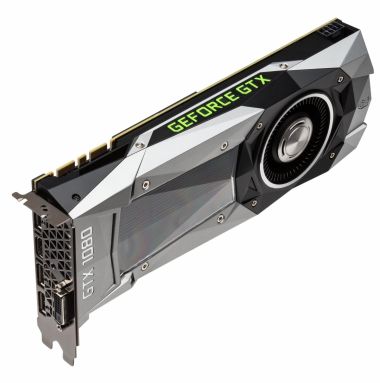NVIDIA Pascal GTX 1080 release date news: Latest GPU doesn't support analog display

The recently released NVIDIA Pascal GTX 1080 reportedly does not support analog display. A DVI-I port isn't included among the ports, hence, VGA monitors will no longer work.
According to TechPowerUp, the latest NVIDIA GPU does not contain wiring for analog signals. The back side of the video card contains a dual-link DVI-D, an HDMI 2.0b, and three connectors for DisplayPort 1.4. These connectors only produce digital signals.
Previous display cards, which include NVIDIA's Titan X, contain a DVI-I port. Some older cards also contain ports for both digital and analog signals -- HDMI, DVI-D for digital and DVI-I for analog. A few even incorporate an actual VGA port. A DVI-I to VGA adaptor also comes in the box for users wanting to connect their VGA monitors to the DVI-I port, PCWorld reported.
The report also mentioned that NVIDIA is not the first one to kill the VGA support on its card. AMD and Intel have mentioned previously that they would end their support by 2015. AMD has done away with it since its introduction of its Fury graphic card series back in 2013, while Intel Skylake platform does not support analog displays as well.
Analog display has been the mainstay monitors for many businesses, individuals, hobbyists and professionals for the past 30 years. The action of these tech giants means that analog signal will soon come to an end, but this will not happen very soon. There is still a big market for VGA capable displays and video cards. Even current generation LCD monitors still contain a VGA port.
The NVIDIA GTX 1080 is the company's first GPU that uses the Pascal architecture, which can offer up to 3X the speed of the previous architecture, Maxwell. The latest GPU contains 8GB of GDDR5X memory with 256-bit bus. This equates to 10 Gbps of memory clock and 320 GB/s memory bandwith.
The latest card will be released by May 27 with a price of US$599.











